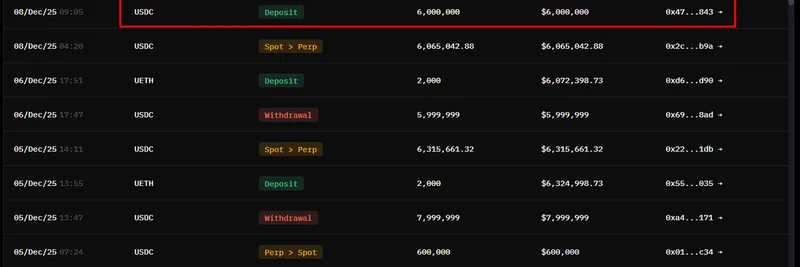In the ever-evolving world of blockchain, where decentralized finance (DeFi) is shaking up traditional markets, a recent episode of Nasdaq's TradeTalks brought together heavy hitters from Chainlink and Aave. If you're not familiar, DeFi refers to financial services built on blockchain technology that operate without central intermediaries like banks—think lending, borrowing, and trading all powered by smart contracts, which are self-executing agreements coded directly into the blockchain.
The discussion, hosted by Jill Malandrino, featured Sergey Nazarov, co-founder of Chainlink, and Stani Kulechov, founder and CEO of Aave Labs. They dove deep into how DeFi and traditional finance (often called TradFi) are starting to blend through tools like on-chain infrastructure and tokenization. You can check out the original tweet announcing the talk here.
Let's break it down. Nazarov kicked things off by highlighting a game-changer: BlackRock's launch of its BUIDL fund on a public blockchain. This move signals that big traditional players are dipping their toes into DeFi waters. Tokenization, in simple terms, is the process of converting real-world assets—like stocks, bonds, or even real estate—into digital tokens on the blockchain. This allows these assets to be used as collateral in DeFi protocols like Aave, which is essentially a decentralized lending platform where users can supply assets to earn interest or borrow against them.
Kulechov explained Aave's role as an open-source protocol running on multiple blockchains, governed by a decentralized autonomous organization (DAO)—a community-led entity where decisions are made via token voting. He emphasized how tokenizing traditional assets opens up leveraged opportunities for institutions, making finance faster, more transparent, and less reliant on middlemen.
One standout point was the importance of interoperability, or the ability for different blockchains to communicate seamlessly. Nazarov praised Aave as a foundational piece of DeFi, comparing it to how banks provide basic yields in traditional finance. They discussed Chainlink's Cross-Chain Interoperability Protocol (CCIP), which Aave uses to enable its GHO stablecoin—a digital dollar pegged asset—to work across various chains. This cross-chain magic prevents liquidity silos, where assets get stuck on one network, and unlocks global transactions.
On tokenization's potential, Kulechov called it a "trillion-dollar and beyond opportunity." By representing assets on-chain, we get better risk assessment, pricing, and programmability—meaning you can automate complex financial logic without needing a lawyer or banker every step of the way. Nazarov added that this convergence will bring trillions in institutional value to public chains, diversifying beyond just cryptocurrencies.
Looking ahead, the duo painted an exciting picture. In five years, they predict 5-30% of global assets could be on-chain, with massive cross-chain transaction volumes. Stablecoins like GHO will revolutionize payments with instant finality and traceability, enabling new business models in the online economy.
This talk isn't just chatter—it's a glimpse into how blockchain tech like Chainlink's oracle networks (which feed real-world data to smart contracts) and Aave's lending protocols are paving the way for a more inclusive financial system. For meme token enthusiasts, this matters because as DeFi matures and integrates with TradFi, it creates more stable infrastructure for volatile assets like memes to thrive, perhaps even attracting institutional interest down the line.
If you're in the blockchain space, keeping an eye on these developments could give you an edge. What do you think—will tokenization be the next big wave? Drop your thoughts in the comments below!

